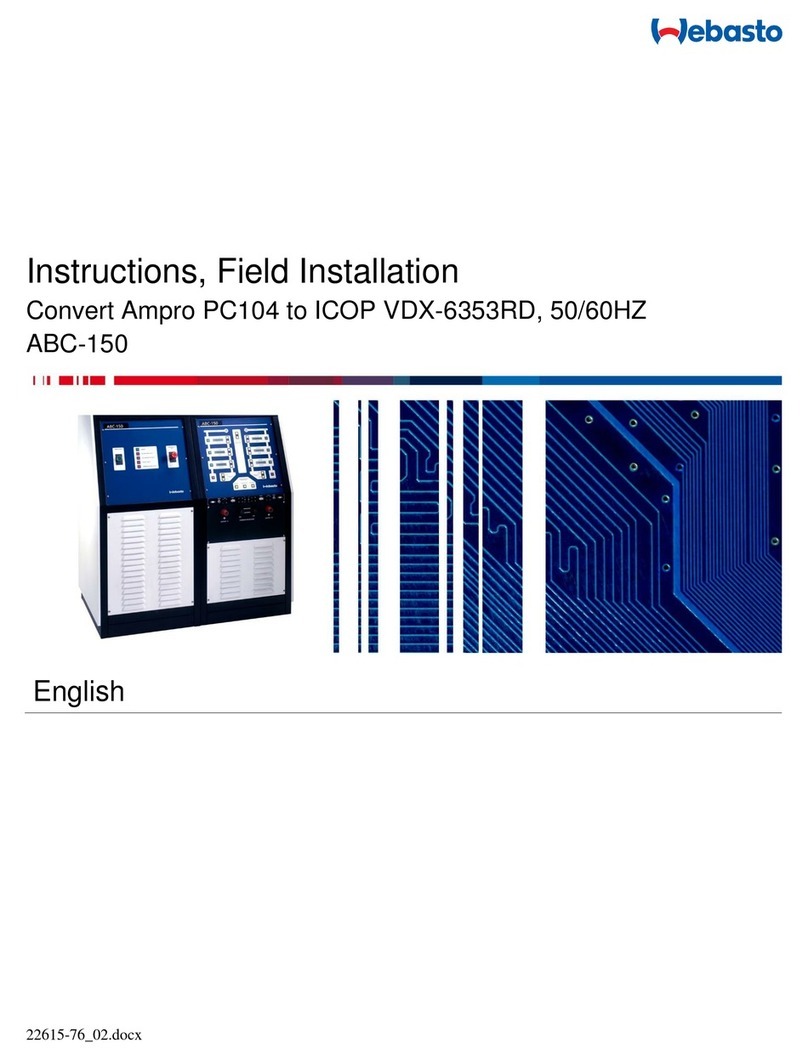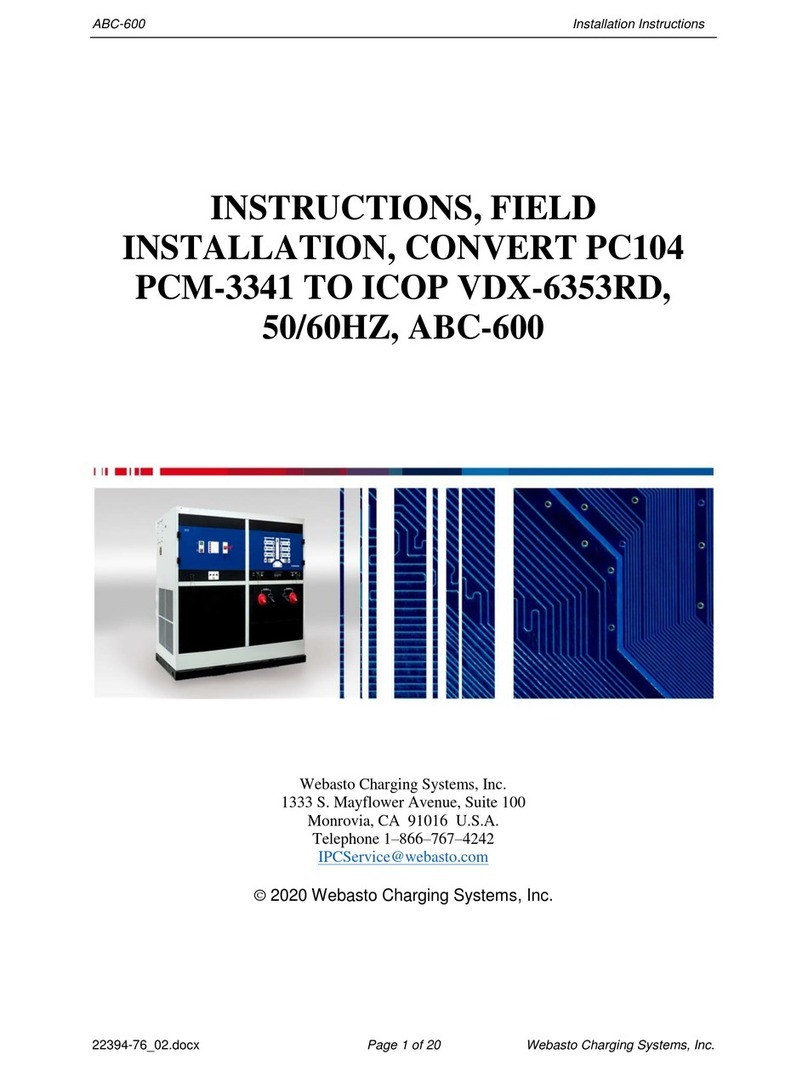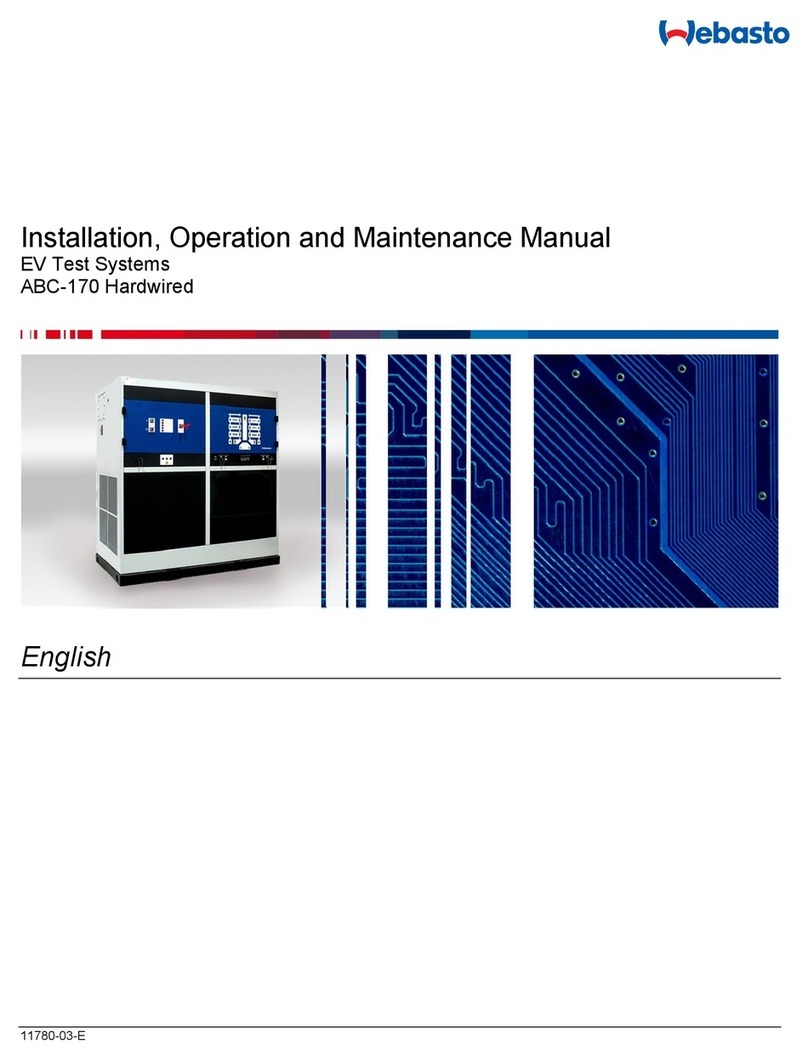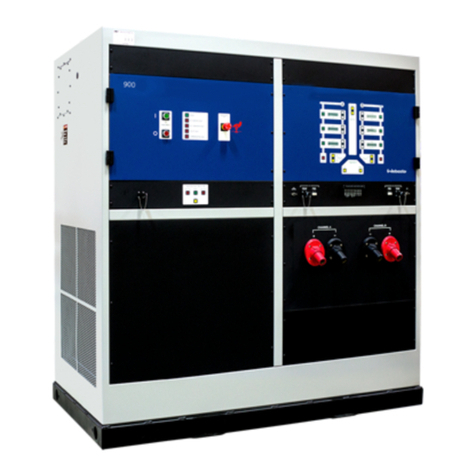
ii
SAVE THESE INSTRUCTIONS!
This manual contains important instructions for the installation, operation and
maintenance of the 900 EX.
CONTENTS
1INTRODUCTION............................................................................1
1.1 Symbol Usage .................................................................................. 2
1.2 General Safety Precautions............................................................... 3
2SYSTEM DESCRIPTION ..................................................................5
2.1 About the 900 EX ............................................................................ 6
2.2 900 EX Power Applications.............................................................. 6
2.3 System Components ........................................................................ 8
2.4 AC Inverter Functions & Controls ..................................................... 9
2.5 DC Converter Functions & Controls................................................ 13
2.6 Technical Specifications.................................................................. 17
3INSTALLATION ............................................................................19
3.1 On-Site Installation......................................................................... 20
4OPERATION ................................................................................23
4.1 Channel to Channel Operation....................................................... 25
4.2 Planning ........................................................................................ 25
4.3 Choosing a Load Configuration...................................................... 26
4.4 Choosing Operating Limits............................................................. 30
4.5 Operating the System .................................................................... 31
4.6 System Start-Up............................................................................. 33
4.7 Connecting Load & Selecting Configuration......................................33
4.8 Adjusting Operating Limits............................................................. 34
4.9 Selecting Local or Remote Operation ............................................. 35
4.10 Turning Off Power........................................................................ 40


































